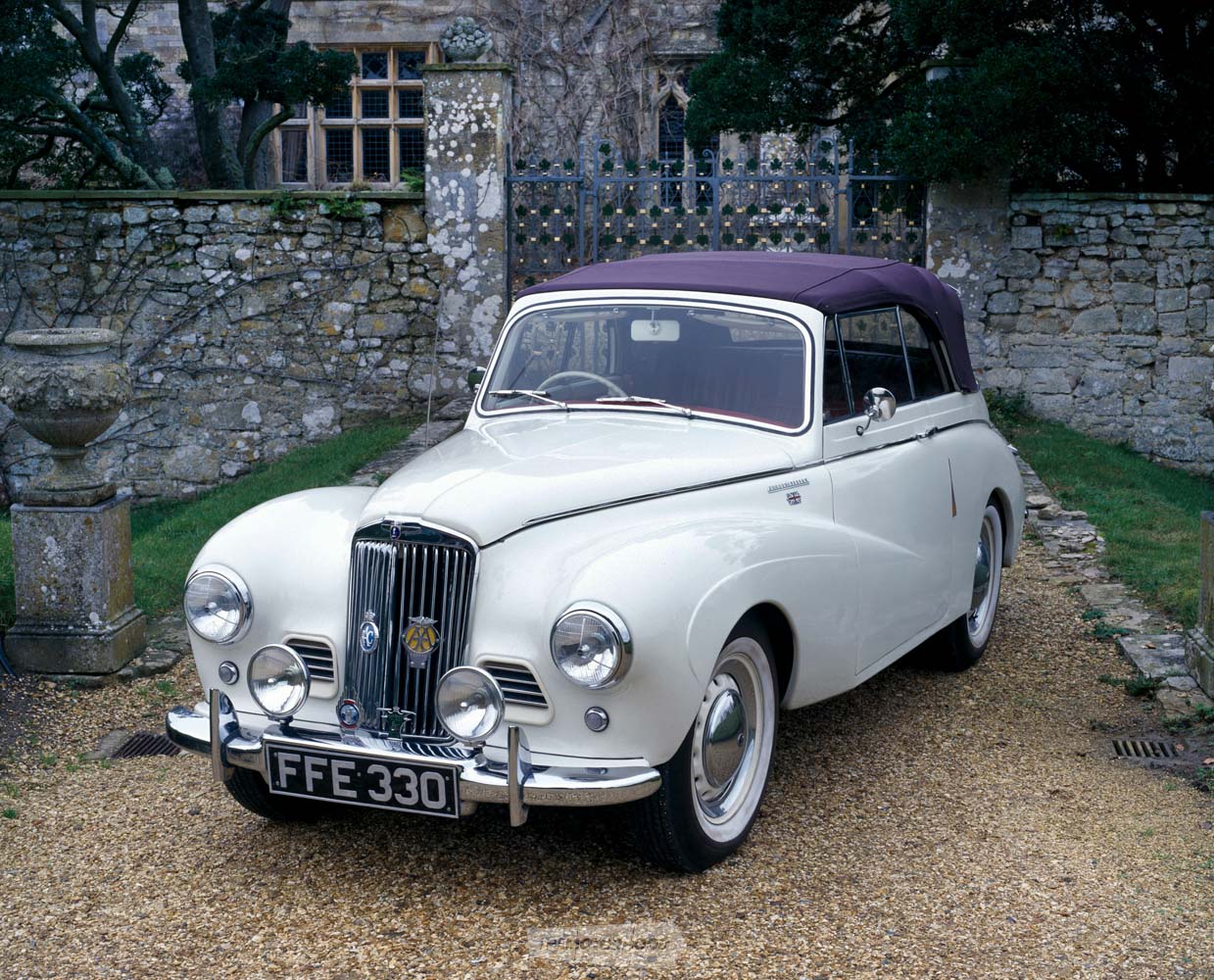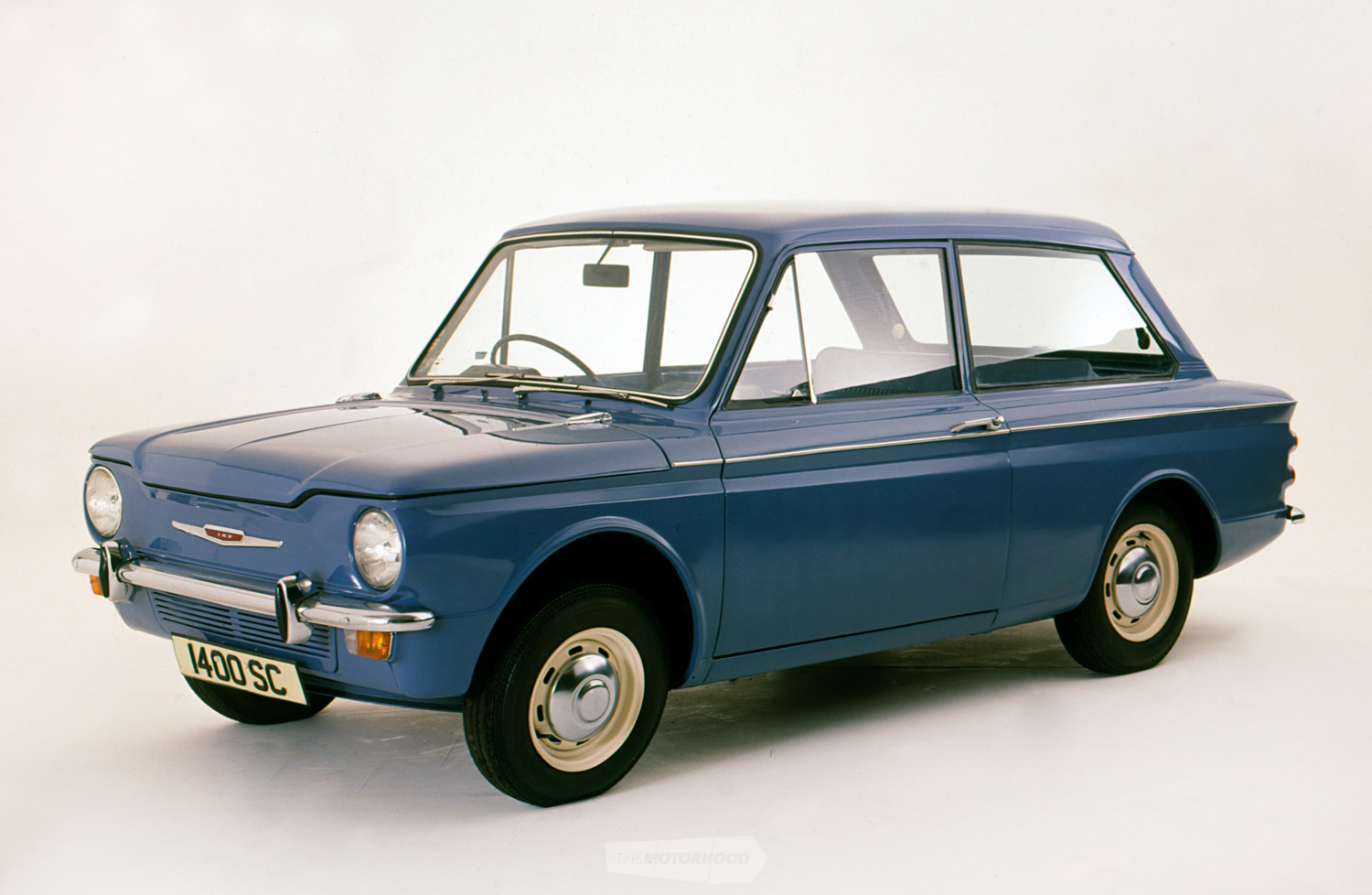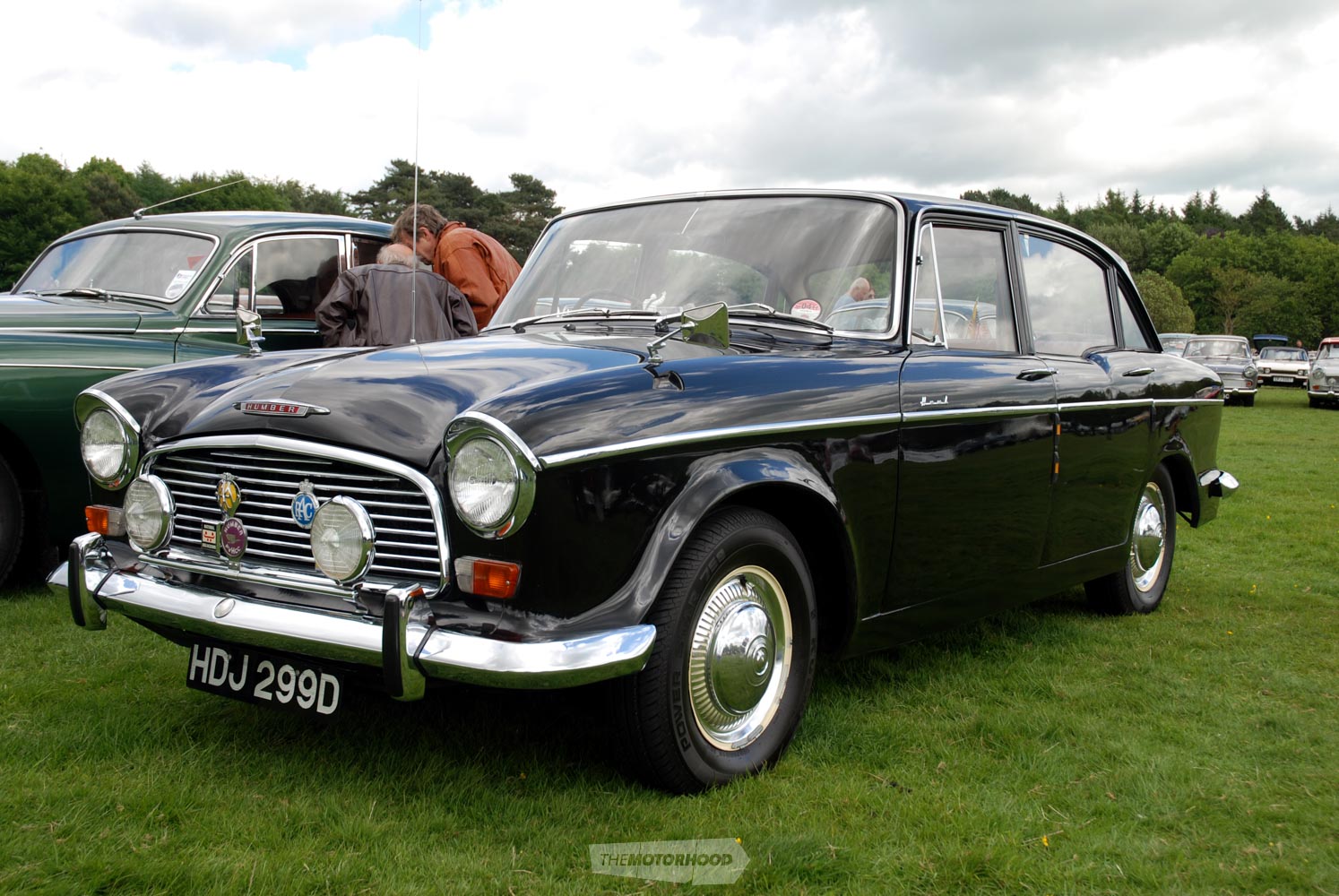There’s plenty of affection for the Rootes Group family cars. Their simplicity also makes them a contender for a cost-effective restoration — if you can still find one
Words: Ben Selby
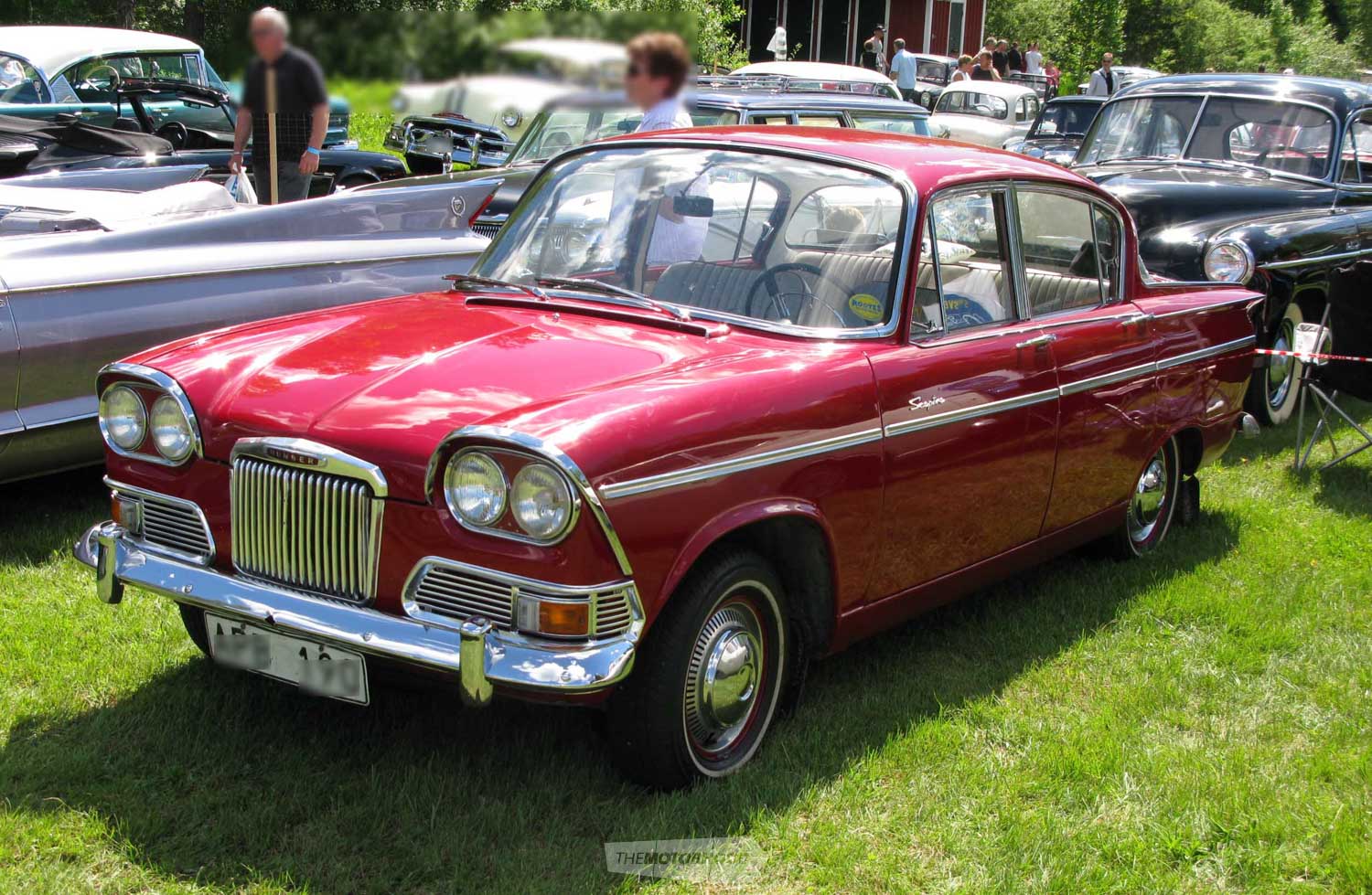
If you have been alive and kicking for the past 30 to 60 years, chances are you will have owned, or at least known someone who owned, a car made by the Rootes Group. You probably had a colleague at work who had a Hillman Hunter, lusted after a Sunbeam Tiger, or got stuck behind a Singer Vogue on SH1 from time to time. Heck, my own father’s first car was a Humber 80.
Today, the Rootes Group’s fleet of once-great British brands has almost a cult following in New Zealand. Many owners of Hillman, Humber, Singer, Talbot, and Commer love their cars, and for good reason. They were a huge part of the Kiwi motoring scene over the years, and, crucially, the Rootes Group was making family wagons when those first indelible motoring memories were being made. That golden era glow has seen demand for Rootes Group runarounds grow steadily over time, and prices have climbed accordingly — great news for owners, but a slight annoyance for those thinking they might bag a Rootes bargain.
Take the Hillman Minx, for example. It remained in production from 1932 to 1967, adopting a variety of guises and engines. However, the later Audax body Minx was the more common sight on Kiwi roads. This was thanks to Todd Motors in Petone producing many Rootes models. The Series I was first produced in 1956, and the regular Minx was discontinued after the Series VI in 1965. Both the Singer Gazelles and Sunbeam Rapiers were variants of this Minx design.
Grunt — if that’s not too strong a word — was supplied by a smooth four-cylinder engine that grew from 1.4 litres to 1.8 during the Minx’s lifetime. The Super Minx was originally designed to replace the regular Minx, but its bigger body put it in a different category so it was built alongside the regular Minx; it was also badged as the Humber 90 and the Singer Vogue. This was by far the most popular of the Minx family, with many cropping up all over the country.
The Singer Vogue is much rarer, so if you can get your hands on one for a good price, then do it. However, the biggest challenge is finding one for sale locally. A few years back, Minxes, Super Minxes, and Hillman Hunters were virtually being given away. Looking through the classifieds today, you will seldom find anything under $5000 unless you are prepared for a challenging project.
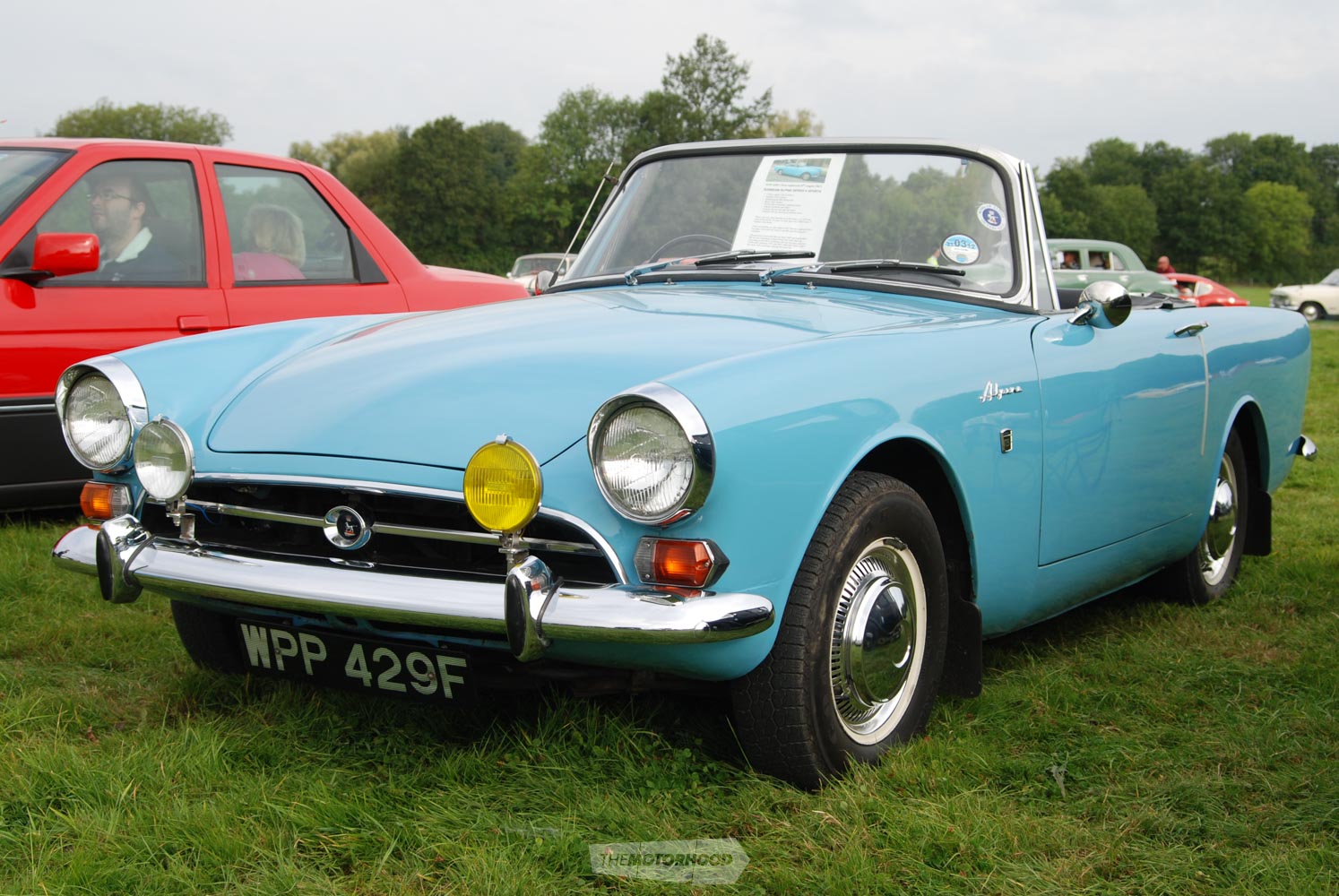
Keep an eye out for rusty A-pillars and front wings, as they can be expensive to replace. However, if you play your cards right and get the advice of any Rootes fanatic, you could have a well-sorted, simple, and comfortable humble classic that will put a smile on a lot of faces — and, if the market is anything to go by, will make you money in the near future.
One car I have always had a soft spot for is that glorious rear-engine peppy oddity, the Hillman Imp. Launched in 1963 amidst a tidal wave of publicity, it was the Rootes Group’s answer to the original giant killer, BMC’s Mini.
Todd Motors, which had the rights to import and build Rootes cars, saw many Imps turning a wheel for the first time in Aotearoa. Designed by Michael Parks — who would go on to race in Formula One and sports car events — the Imp stayed in production till 1976, during which time the Rootes Group was taken over by Chrysler. Chrysler’s involvement with Rootes lasted until 1978.
With a snip under half a million built, the Imp was produced under a number of guises, including the Sunbeam Imp, which is easily the most sought-after. One Sunbeam recently went up for sale at Turners Classic Auction in Christchurch, with a starting bid of $10,000. This was a very tidy, lightly modified example. However, the average price for a run of the mill Imp is around $6000 — providing you can find a good one.
With its racing pedigree, that 875cc or 998cc aluminium Coventry Climax four-pot burbling behind you, and that feeling of being a little bit different, the Imp is still a proper giggle factory, and it’s worth getting one now before they become unattainable.
As the ’70s dawned, the Rootes Group was approaching its twilight years under the stern control of Chrysler Europe, and one car that epitomized this was the Hillman/Chrysler Avenger. As Rootes’ answer to the Vauxhall Viva, and an intended replacement for the Minx, it also took cues from Ford’s mightily successful Cortina.
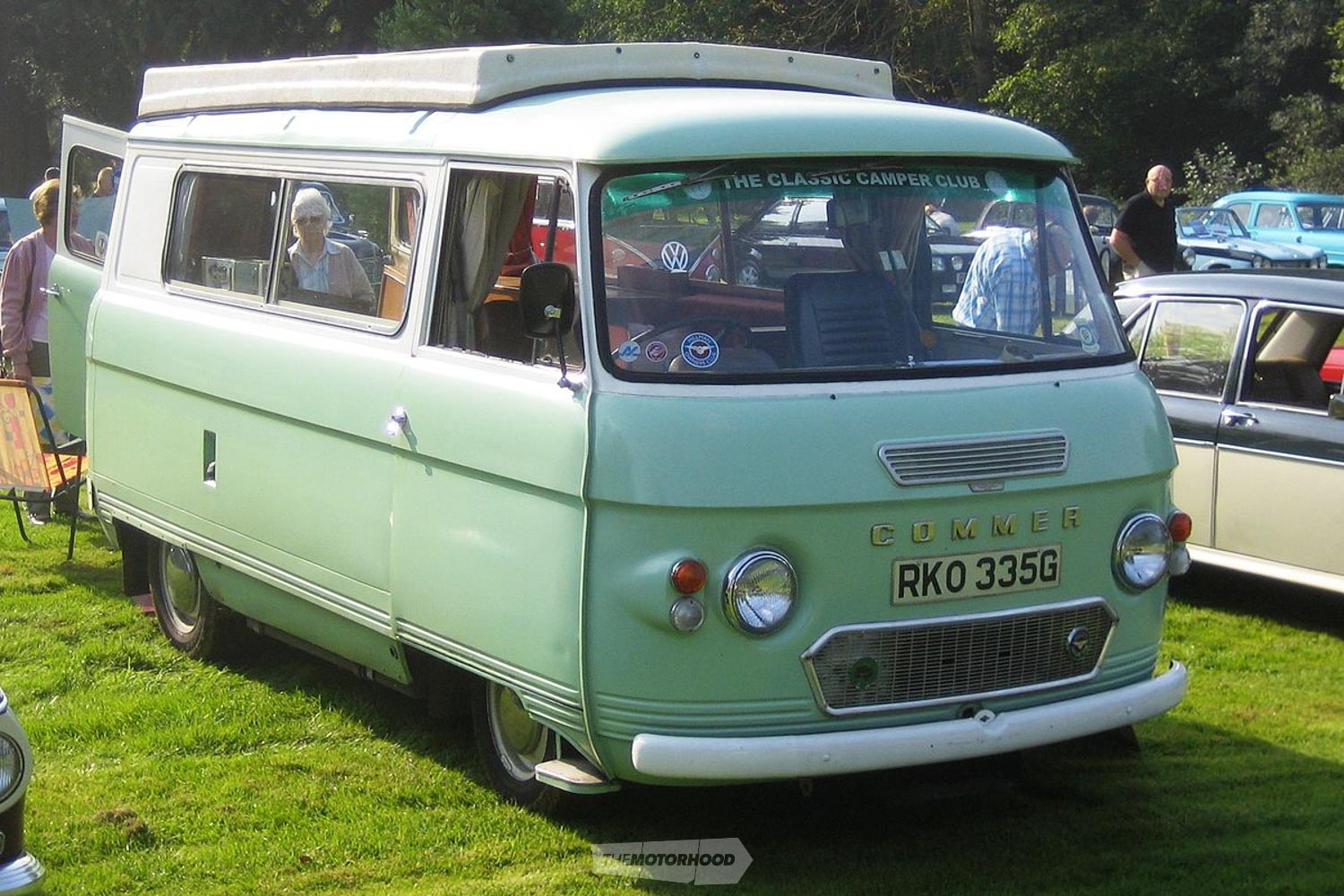
Avengers were popular on our roads, so are another contender for a classic makeover today. One only needs to see Craig Pidgeon helming his race-prepared Avenger around Ruapuna to this day to realize that there was more to them than you might think. Available as a four-door sedan, five-door wagon, and even a two-door saloon, it’s the sedan that you are most likely to find.
The Avengers came as 1.2 or 1.6 litre four-cylinder, were available in four trim levels, and were still pretty basic in their construction, which is a virtue when it comes to spending money on restoration. That said, be wary when looking one over, for they also fell prey to rust — the mortal enemy of many cars built before designing to avoid rust traps became a thing.
So, not the quickest toy in the toy box in standard form, the Avenger is still a well-sorted, good-handling classic, but, like the Imp, it has become difficult in the past few years to find one at a handy price. This is because there are very few in the gap between terminal cases and devoted restorations. Prices for the latter have climbed and seem to have settled down, but still be prepared to fork out between $3000 for a project and $12,000 for an immaculate concours example. Obviously, if you want your Avenger with some go-faster race gear, look close to $20K.
In conclusion, some pretty decent cars came from the Rootes Group, and, if you can find one, it could make a rewarding and not overly complicated project. Tempted? Then your best bet is to get involved with the club scene. Parts and advice from owners and enthusiasts are never far away, and, who knows, maybe even the odd lovingly restored example may end up taking pride of place in your garage.


